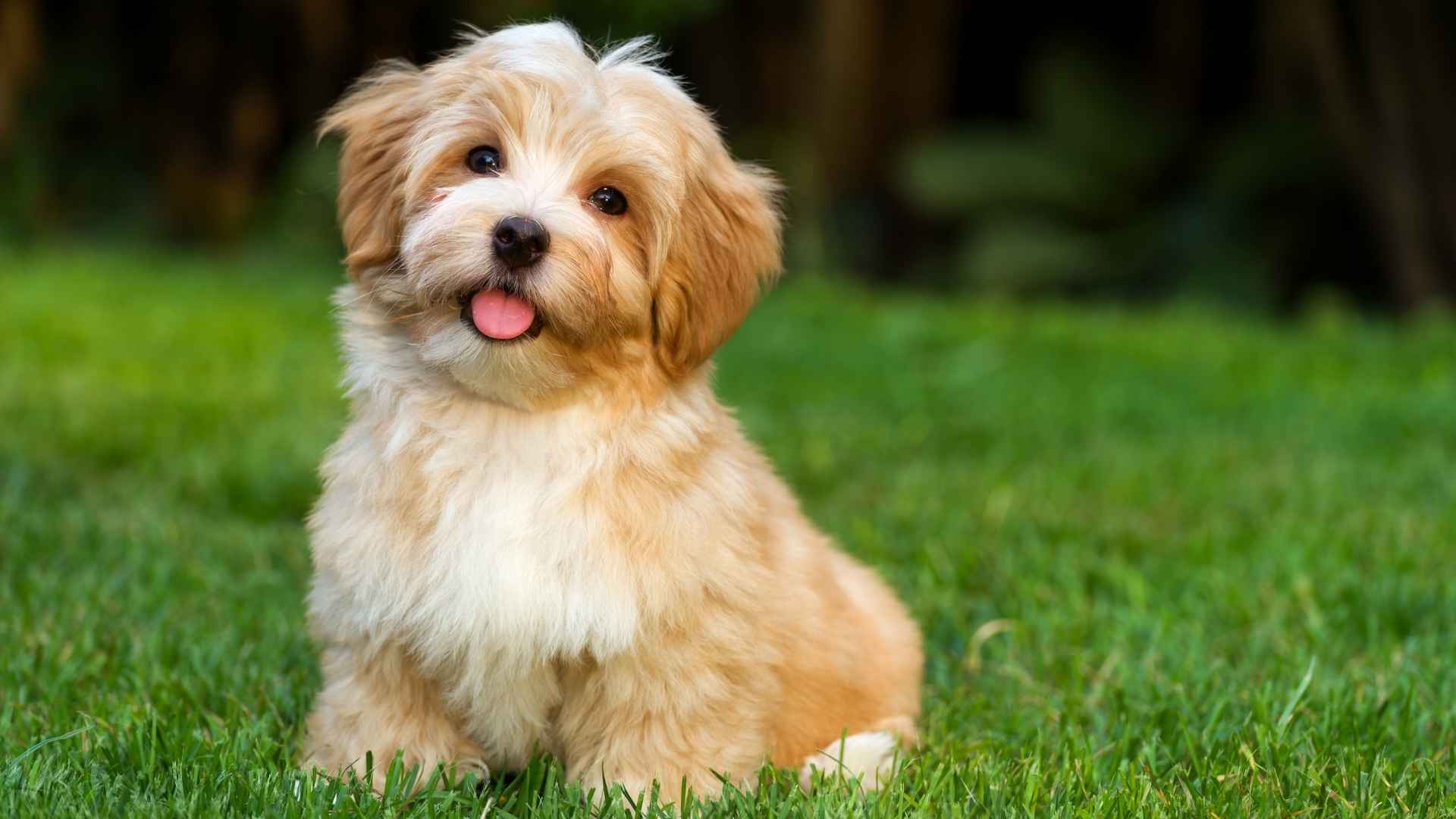As loving pet parents, we want our furry companions to live long, happy, and healthy lives. Did you know that nearly 40% of dogs are affected by at least one chronic disease in their lifetime, according to the NIH National Library of Medicine?
While a balanced dog’s diet and regular vet visits help, choosing one of the healthiest dog breeds can also make a big difference.
In this guide, we’ll explore dog breeds known for their strong immunity, fewer vet visits, and overall resilience, so you can bring home a pup with both heart and health on its side.
Dog Breeds with High Resistance to Disease
1. Poodle
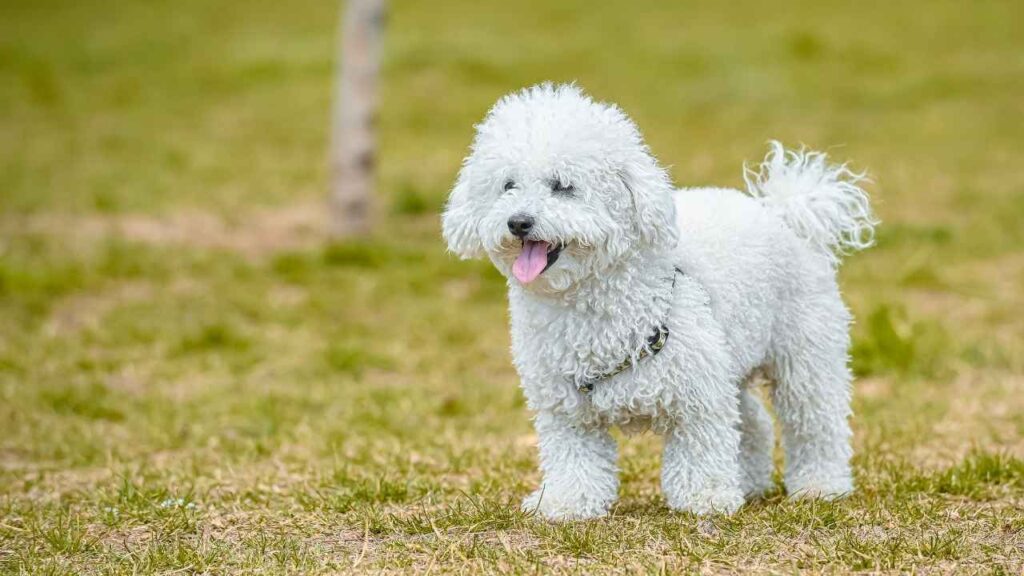
Elegant, intelligent, and full of charm, the Poodle is a standout among the healthiest dog breeds. With its hypoallergenic coat and lively personality, it’s a favorite for families and allergy sufferers alike.
What Makes It Disease Resistant
Poodles have strong genetics with fewer inherited conditions
Their hypoallergenic coat reduces skin issues and infections
Highly intelligent—easy to train and mentally stimulate
Naturally lean, active, and energetic
Available in three sizes, all are generally healthy
Low drooling and minimal ear or eye problems
Maintaining Health & Preventable Risks
Feed a balanced diet, groom regularly, and provide daily activity. With care, they avoid most concerns, though hip dysplasia and Addison’s disease can occur; early checks help prevent complications.
2. Beagle

The Beagle is a joyful, energetic companion known for its playful nature and strong nose. It’s a family favorite thanks to its sociable personality and few major health concerns.

What Makes It Disease Resistant
Beagles are generally robust with fewer genetic diseases
Compact size helps avoid joint strain, common in larger breeds
Naturally active, which supports the overall dog’s health
Strong immune system with good resilience, according to Science Direct
Minimal drooling and moderate shedding
Friendly with kids and other pets—low stress promotes wellness
Maintaining Health & Preventable Risks
Keep your Beagle on a balanced diet, offer regular walks, and watch their weight. With care, they avoid most problems, though epilepsy and hip dysplasia can be prevented with early screening.
3. Australian Cattle Dog

Originating from Australia’s rugged outback, the Australian Cattle Dog is a sturdy, hardworking breed. Known for its loyal energy level and sharp mind, it thrives in active families who love the outdoors.
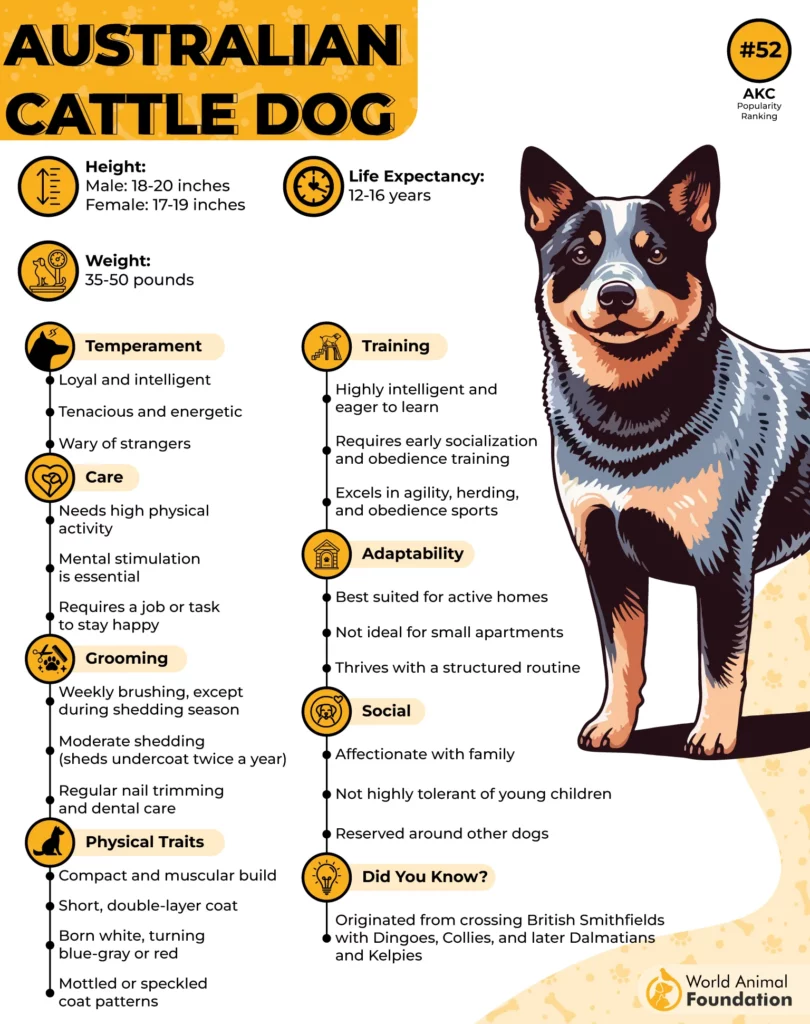
What Makes It Disease Resistant
Bred for endurance and strength—naturally resilient
Very few genetic issues in well-bred lines
High activity levels support strong immune health
Low shedding, minimal drooling
Rarely prone to ear infections if the ears are kept clean
Independent yet deeply loyal, reducing anxiety-related issues
Maintaining Health & Preventable Risks
Give plenty of physical activity, mental stimulation, and a controlled diet. This breed may be prone to hip dysplasia and progressive blindness, both manageable with early vet checkups and care.
4. Greyhound
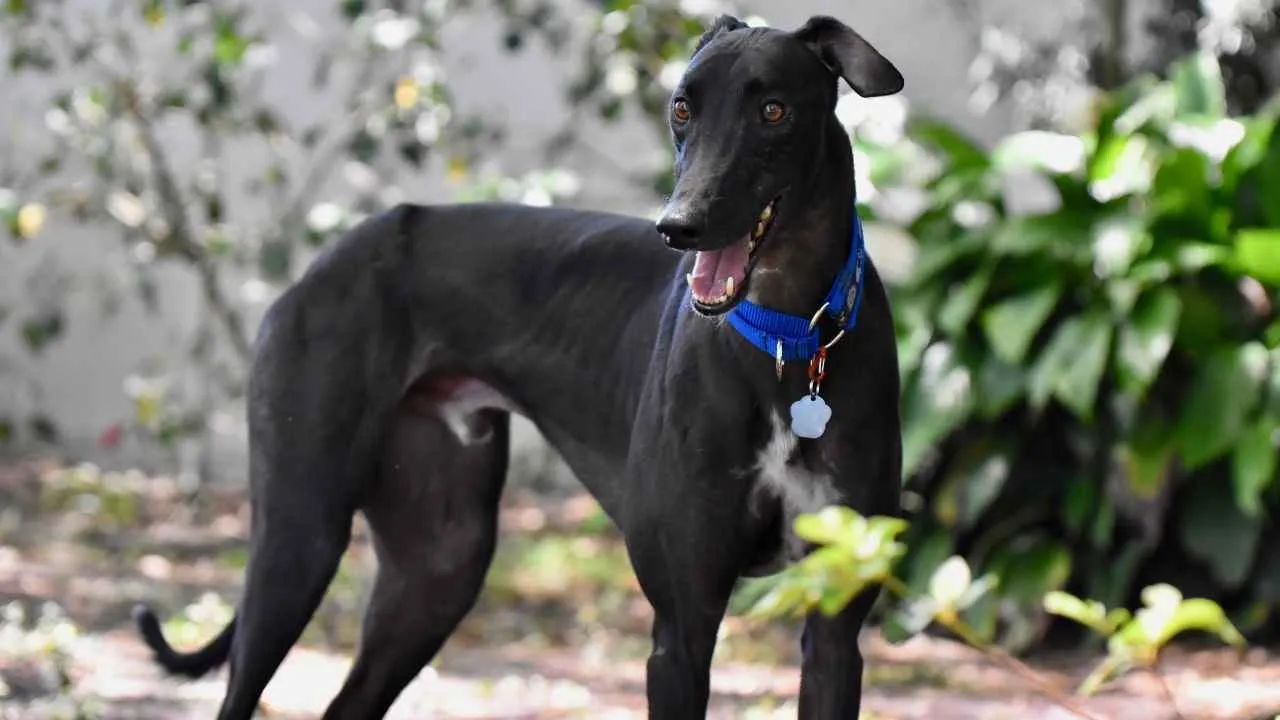
Once celebrated as fast and focused working dogs, Greyhounds are now gentle, affectionate companions. With their sleek build and calm demeanor, they’re low-maintenance and known for surprisingly good health and long lifespans.

What Makes It Disease Resistant
Naturally lean body reduces joint stress
Low genetic issues due to careful breeding
A short coat means fewer skin infections
Requires minimal grooming—low maintenance care
Retired racers often remain healthy with proper transition
Maintaining Health & Preventable Risks
With daily exercise, the right diet, and regular vet visits, Greyhounds stay fit. They may face dental issues and bloat, both preventable through proper feeding habits and routine checkups.
5. Havanese

With their silky coat and cheerful expression, the Havanese turns heads wherever it goes. This small, sturdy breed is affectionate, lively, and makes a wonderful indoor companion for families or singles alike.
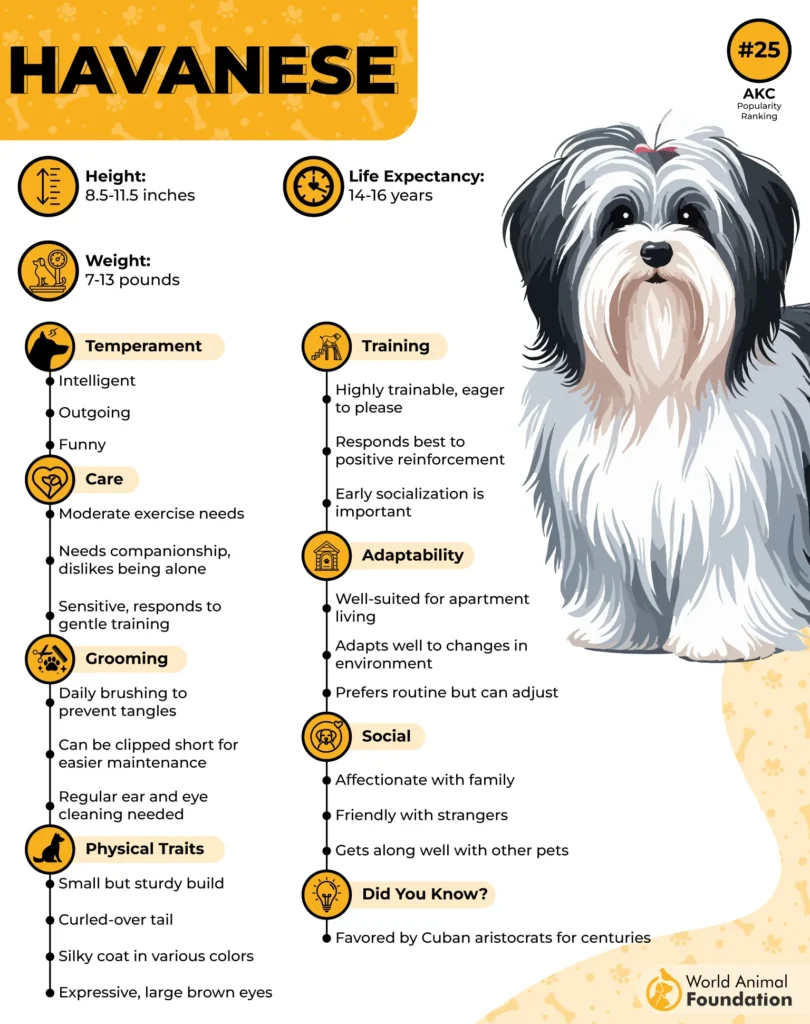
What Makes It Disease Resistant
Strong genetics and a long life span with few major health problems
Small size reduces the risk of joint issues
Naturally sociable, lowering stress-related illness
Low prey drive and moderate energy level
Minimal drooling and barking
Very adaptable to home life and routine care
Maintaining Health & Preventable Risks
Daily walks and play, regular exercise, and a balanced diet help prevent obesity. Watch for eye disorders and luxating patella—routine checkups and healthy habits keep these manageable.
6. Bichon Frise
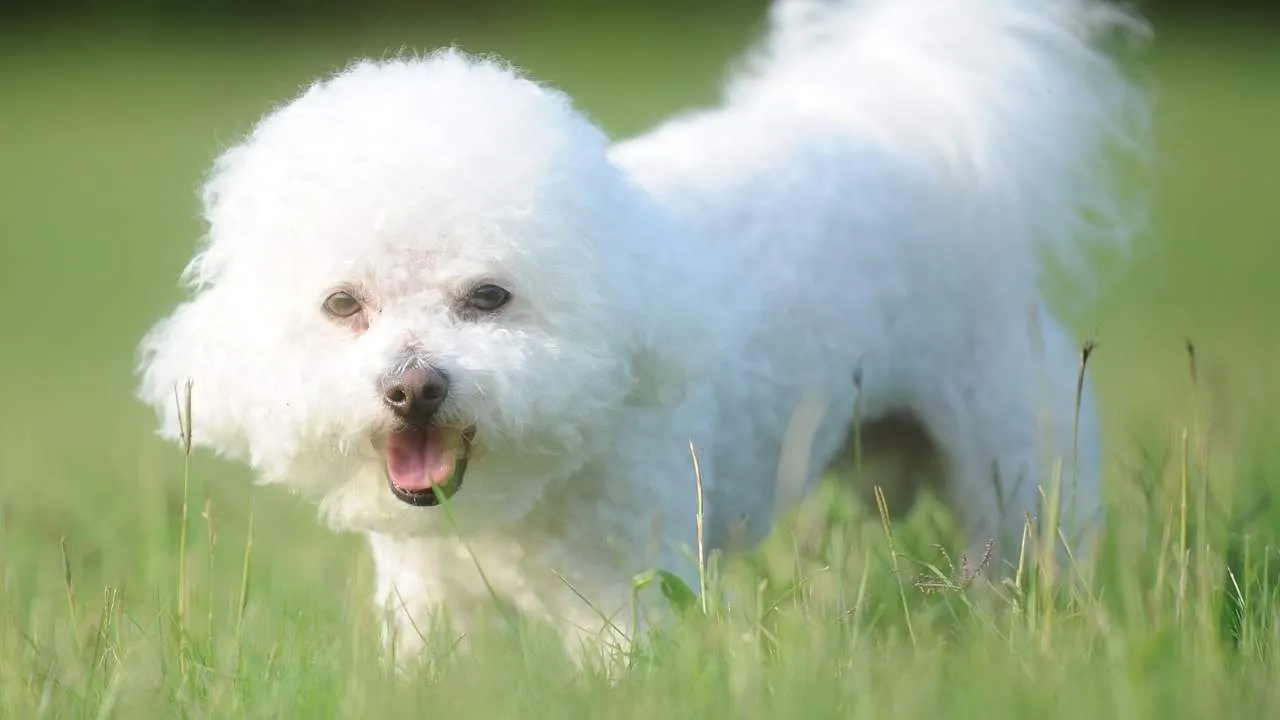
According to the American Kennel Club, with a cloud-like coat and cheerful eyes, the Bichon Frise is hard to resist. These small pups are full of charm, boundless energy, and make great companions for families and seniors.
What Makes It Disease Resistant
Generally, few inherited health concerns
Small size lowers the risk of joint problems
Sturdy and active—helps them stay healthy
Low shedding and hypoallergenic
Sociable and playful, keeping stress levels low
Easily adapts to different living environments
Maintaining Health & Preventable Risks
To stay healthy, Bichons need daily walks, mental stimulation, and regular grooming. Keep an eye on dental health and allergies—early care helps prevent infections and long-term complications.
7. Chihuahua
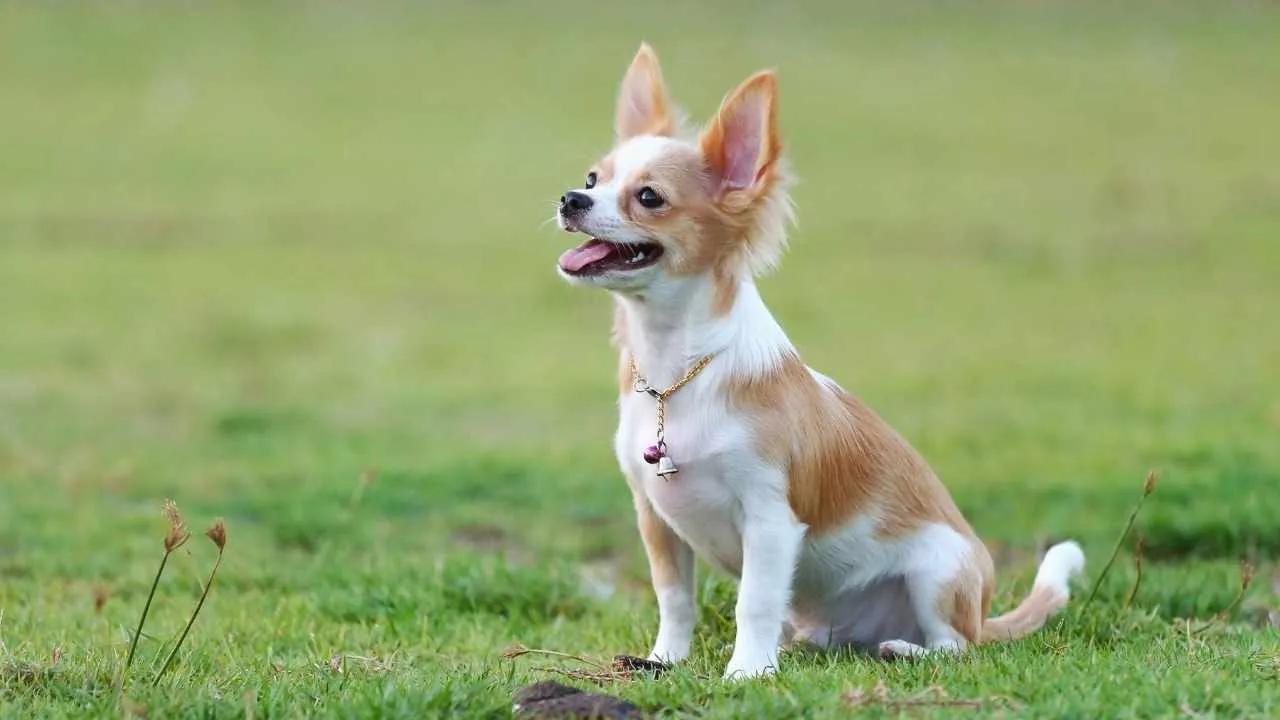
Tiny in size but big in personality, the Chihuahua is a bold and loyal companion. Known for their long lifespan and lively spirit, they often enjoy surprisingly good health throughout their years. There are 7 types of Chihuahuas, each with a unique personality and immunity.
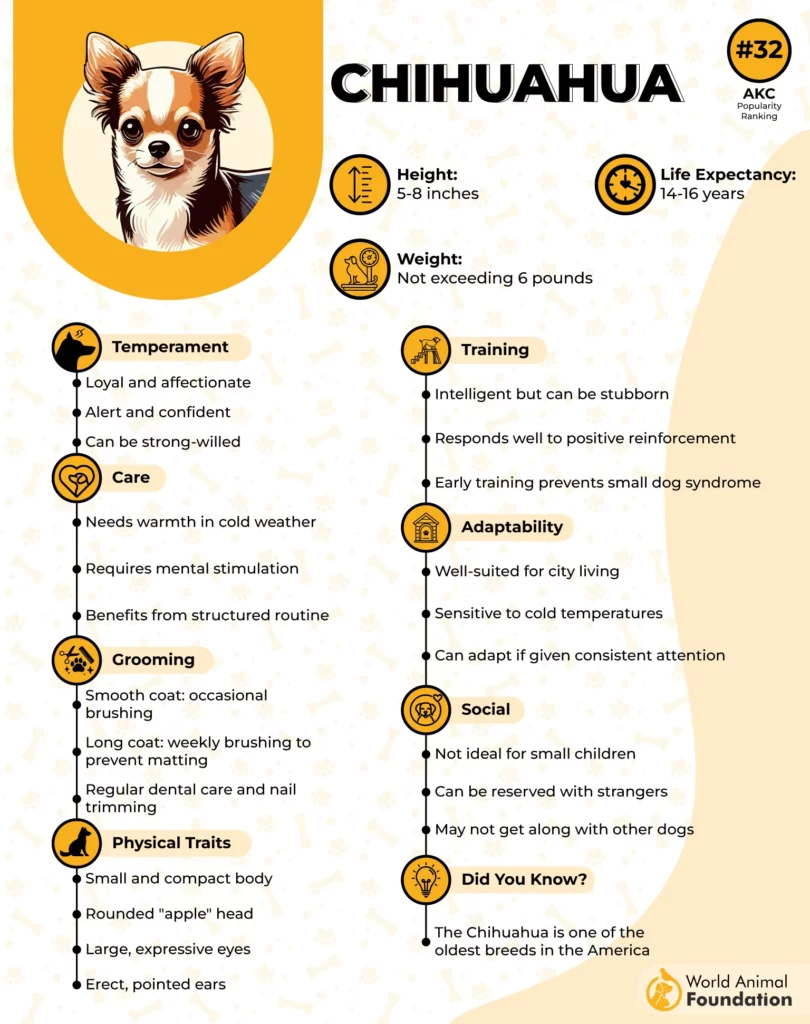
What Makes It Disease Resistant
Few health concerns when sourced from responsible breeders
Naturally alert and active, supporting strong immunity
Compact size lowers the risk of joint injuries
Minimal shedding and grooming needs
Strong-willed but adaptable to routines
Low prey drive, does well in small spaces
Maintaining Health & Preventable Risks
Feed a balanced diet and avoid overfeeding to prevent obesity. Regular vet checkups can help prevent common genetic disorders like heart disease or patellar luxation in this otherwise healthy little dog.
8. Whippet
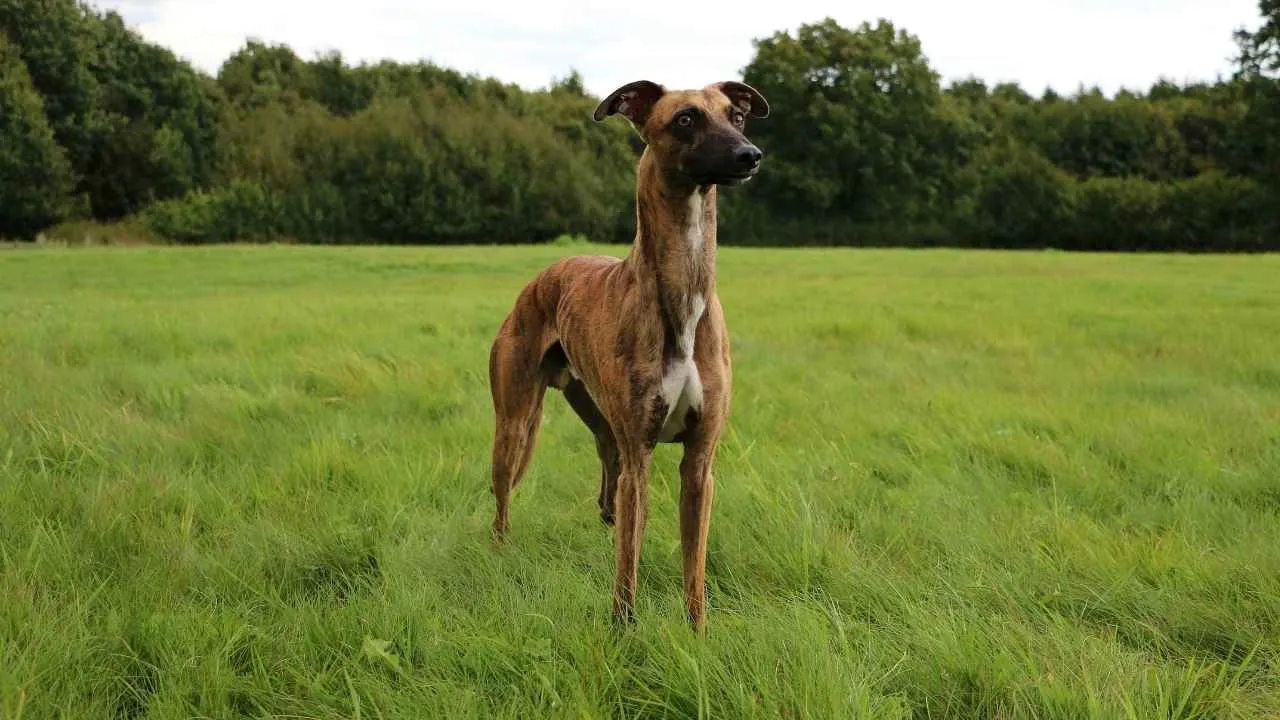
According to Purina, they were originally bred in England for speed and agility. Whippets are sleek, graceful, and loving companions. These alert dogs are gentle indoors and active outside, making them a wonderful breed for families or singles.
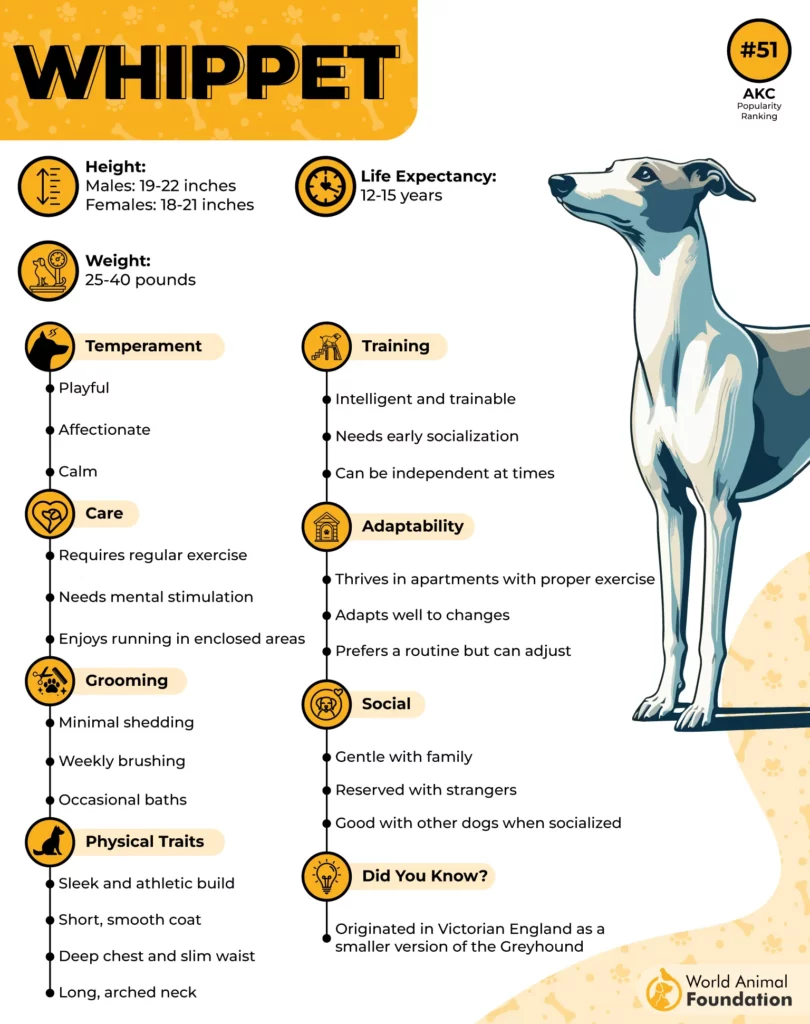
What Makes It Disease Resistant
A lean body reduces stress on joints and organs
Very few inherited health issues in well-bred lines
Low-shedding coat minimizes skin problems
Naturally clean and low drooling
Calm temperament reduces anxiety-related illness
Alert dogs—quick to respond to changes in behavior
Maintaining Health & Preventable Risks
Whippets thrive on daily exercise and a warm place to rest. With proper care, they stay healthy, though issues like dental disease or arrhythmia can arise, both preventable with early attention.
9. Siberian Husky
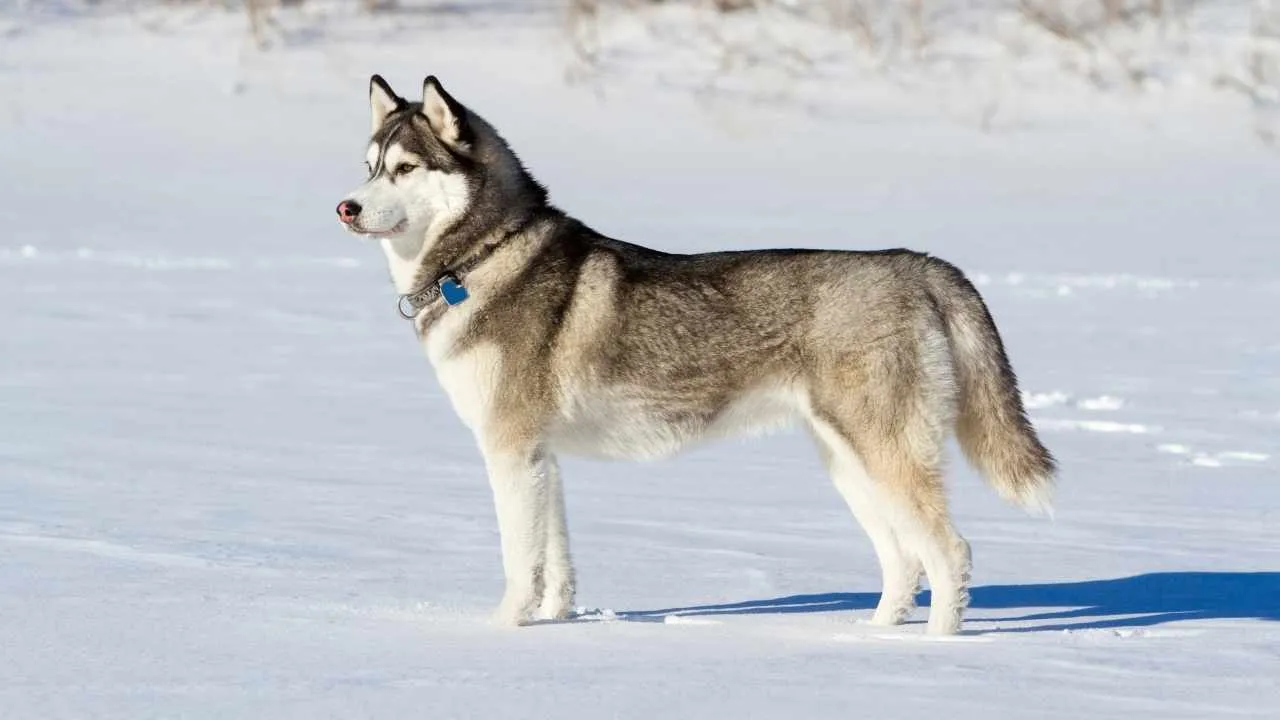
With their striking blue eyes and wolf-like beauty, Siberian Huskies are both majestic and full of life. Known for their strength and stamina, they’re among the healthiest dog breeds out there.
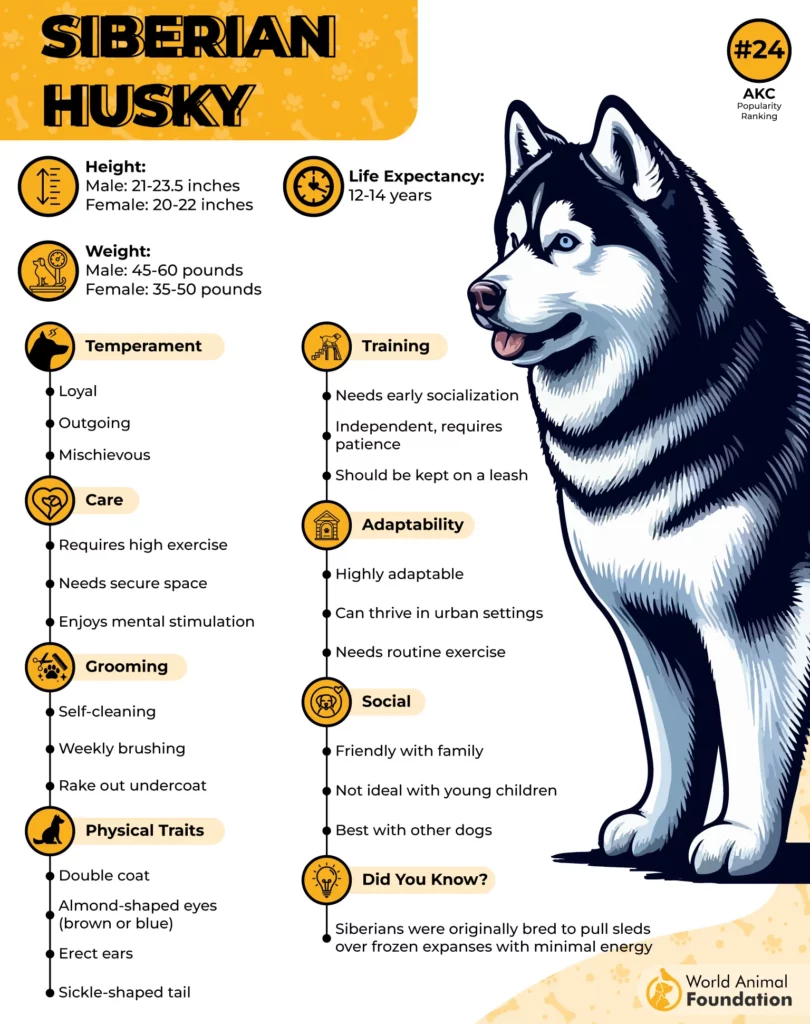
What Makes It Disease Resistant
Bred for endurance in harsh climates—naturally strong and resilient
Fewer genetic disorders than many other breeds
Thick double coat protects skin and regulates temperature
Rarely drools and sheds seasonally
Playful and friendly, reducing stress-related illness
High energy keeps them physically fit
Maintaining Health & Preventable Risks
With regular exercise and a proper diet, Huskies stay healthy through their 12–15 year average lifespan. Preventable issues include hip dysplasia and eye disorders—routine vet visits help catch these early.
10. Border Collie
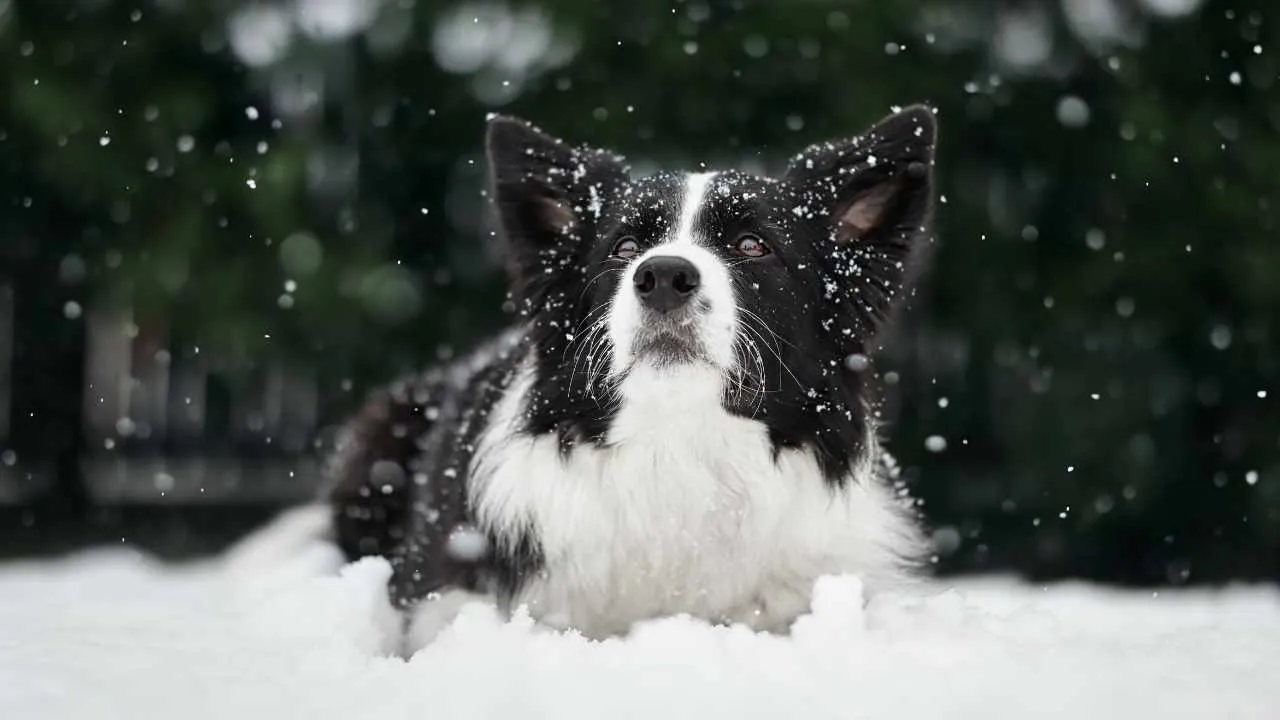
The Border Collie, known as the smartest dog breed, is full of energy, focus, and charm. This herding dog breed, native to the UK, is a favorite among young pet owners.
What Makes It Disease Resistant
Strong genetics with low risk of common breed issues
Naturally active, supporting immune and heart health
Low drooling and moderate shedding
Alert and mentally sharp—reduces stress-related concerns
Collie eye anomaly is rare in well-bred dogs
Friendly, thrives on stimulation and interaction
Maintaining Health & Preventable Risks
Keep your Border Collie on a balanced diet with lots of mental and physical activity. Regular vet checks help prevent hip dysplasia and detect eye issues early for long-term health.
Conclusion
Choosing one of the healthiest dog breeds means more joyful years with your furry friend and fewer vet visits. While all dogs need love, care, and routine checkups, some breeds, especially active working and hunting dogs, are less genetically prone to common issues.
With the right breed, balanced lifestyle, and early prevention, your dog can enjoy a long, happy, and healthy life by your side.


